Delays still apparent despite progress
The latest report from the Ministry of Finance (MoF) on state budget investment spending in the first five months, and estimated implementation in the first half of 2023, revealed that the disbursement of public investment was VND215.6 trillion ($9.2 billion), or 30.49 per cent of the yearly plan.
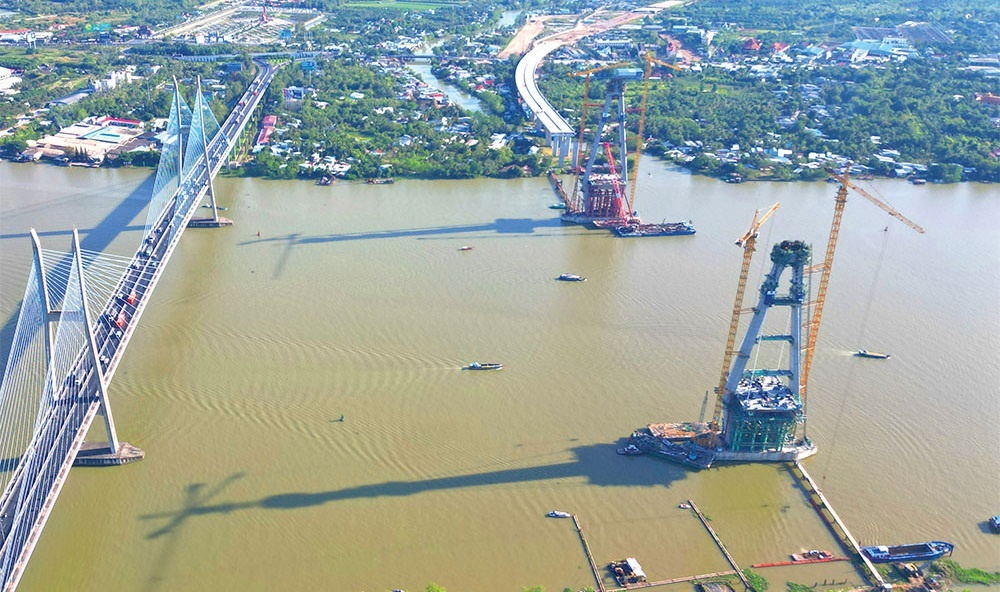 |
| Delays still apparent despite progress, illustration photo/ Photo Le Toan |
This was higher than the same period last year when it was 27.75 per cent of the allocated plan, and included $9 billion from the local budget and $200 million in foreign capital.
Nine ministries and 32 localities reported a disbursement rate at more than 30 per cent of the plan. However, numerous ministries and agencies did not report any disbursement, such as the Committee for Ethnic Minority Affairs, Vietnam State Auditor, Vietnam Lawyers Association, Vietnam National Tobacco Corporation, and Vietnam Cooperative Alliance.
Numerous authorities at all levels disbursed too little, including the Ministry of Labour, Invalids, and Social Affairs; Ministry of Information and Communications; Ministry of Health; the Government Inspectorate; and the localities of Quang Tri, Tuyen Quang, and Danang. The MoF revealed that 39 of 52 ministries and agencies and 12 provinces reported a disbursement rate of less than 20 per cent.
In the transport sector, despite spending almost $1.5 billion out of $4 billion in yearly allocation, doubling the amount on-year and much higher than the performance last year, numerous projects saw a delay compared to the plan.
Bui Quang Thai, who is the director general at the Ministry of Transport’s (MoT) Department of Planning and Investment, said, “The first half’s disbursement focused on the first phase of the North-South Expressway and contract advances of the project’s phase 2.”
Specifically, projects in the expressway’s first phase have already spent $298 million out of $723.4 million in the total. Some reported very high disbursement rates, like Vung Ang-Bung at 115 per cent and Van Ninh-Cam Lo 102 per cent, while there were others with disbursement rates higher than 90 per cent.
However, of this, some projects reported delays, such as National Highway 45-Nghi Son, Cam Lo-La Son, and Nghi Son-Dien Chau.
Projects in the North-South Expressway’s second phase have already spent $740.4 million out of the planned $1.94 billion.
Dinh Cong Minh, director of Thang Long Project Management Unit, said, “The two component projects of Bai Vot-Ham Nghi, and Ham Nghi-Vung Ang missed the disbursement plan in June due to challenges in the process of site clearance, compensation, resettlement support, and technical infrastructure relocation.”
In addition, according to the MoT’s Transport Construction Investment Management Authority, the construction progress of traffic projects has been significantly affected by the shortage of materials, especially for expressway projects in phase 2.
“In the second half of the year, the remaining capital for disbursement is too large at about $2.5 billion, while most expressway projects have just started construction and the output value is not very high. To disburse the remaining capital as much as possible, we need the efforts, determination, and innovation in the implementation of investors and project management units,” said Thai from the MoT.
According to the MoF, there are many reasons for the delays in disbursement. “The planned capital in 2022 extending to 2023 has just been approved. Relevant authorities are disbursing this capital, so some projects have not yet used the capital in the 2023 plan,” it said.
Meanwhile, projects using official development assistance that must both comply with foreign regulations and ensure domestic procedures are spending a lot of time doing procedures for extending agreements, adjusting investment in-principles, and tweaking projects, the MoF added. Equipment procurement projects, especially in the medical sector, have “wasted too much time” on selecting price appraisal units and build bidding documents.
In addition, there are some obstacles in the implementation of IT application projects, especially digital transformation projects, according to Decree No.73/2019/ND-CP on the management of investment in IT applications. To speed up disbursement in the second half of the year, the MoF asked authorities at all levels to continue implementing key tasks and solutions to speed up allocation and disbursement of public investment.
For the capital plan extending the implementation and disbursement, the MoF in May proposed that investors accelerate disbursement of the above capital plan until the end of this year. In the second half of the year, as planned, about $21 billion of public investment needs to be disbursed. Economist Can Van Luc calculated, “If 95 per cent of the total capital is disbursed, state investment can increase by 30 per cent, total social investment capital will increase by 13.2 per cent, and it would contribute 2 per cent to GDP for the year.”
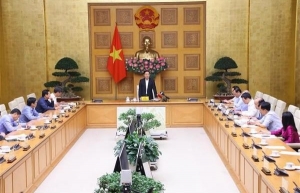 | Deputy PM asks for closer coordination to speed up public investment disbursement Deputy Prime Minister Tran Hong Ha has asked ministries and central agencies to work closely with localities to remove obstacles for particular projects, thus speeding up public investment disbursement. |
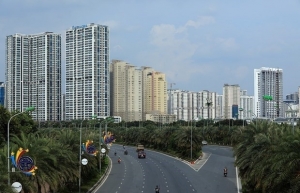 | Four-month public capital disbursement reaches 14.66 per cent of year's target More than 110.6 trillion VND (4.7 billion USD) of public investment was disbursed in the first four months of this year, equivalent to 14.6 per cent of the yearly target and lower than the 18.48 per cent in the same period last year, according to the Ministry of Finance. |
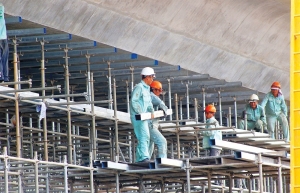 | Public investment deemed key driver for economic growth and inflation control Rebounds in retail and consumption services and in the disbursement of public investment are expected to put pressure on the country’s efforts to bring inflation under control this year. |
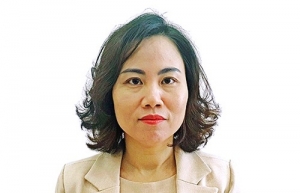 | Public investment: a bright spot to propel growth Public investment has been a highlight of the economy in the first half of this year. Phi Huong Nga, director general of the Industry and Construction Statistics Department under the General Statistics Office, explains why it is the key enabler to drive growth for the rest of this year. |
What the stars mean:
★ Poor ★ ★ Promising ★★★ Good ★★★★ Very good ★★★★★ Exceptional
Related Contents
Latest News
More News
- Partnerships drive sustainable finance (January 07, 2026 | 09:23)
- FDI inflows reach $38.42 billion in 2025 (January 06, 2026 | 17:55)
- $2.1 billion Nghi Son LNG-fired thermal power plant waits for investor (January 06, 2026 | 17:51)
- GE Vernova powers up Vietnam with first 9HA gas power plant in the country (January 06, 2026 | 16:54)
- Solid finish for manufacturing after volatile year (January 06, 2026 | 08:50)
- Meiko strengthens Vietnam operations with new PCB plants (January 06, 2026 | 08:49)
- Ho Chi Minh City backs $2 billion AI data centre with dedicated task force (January 06, 2026 | 08:43)
- PM sets January deadline for high-speed rail consultant (January 06, 2026 | 08:40)
- New decree spurs on PPP implementation (December 31, 2025 | 19:01)
- Global alliance develops $1 billion AI data centre network in Vietnam (December 30, 2025 | 10:08)

 Tag:
Tag:




















 Mobile Version
Mobile Version